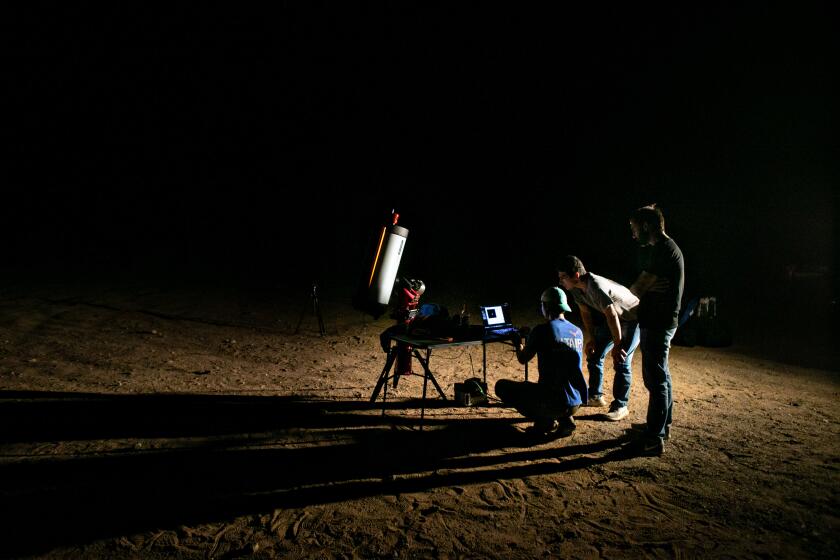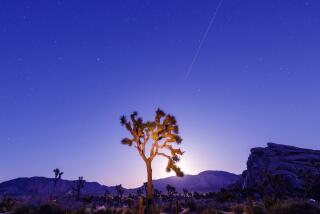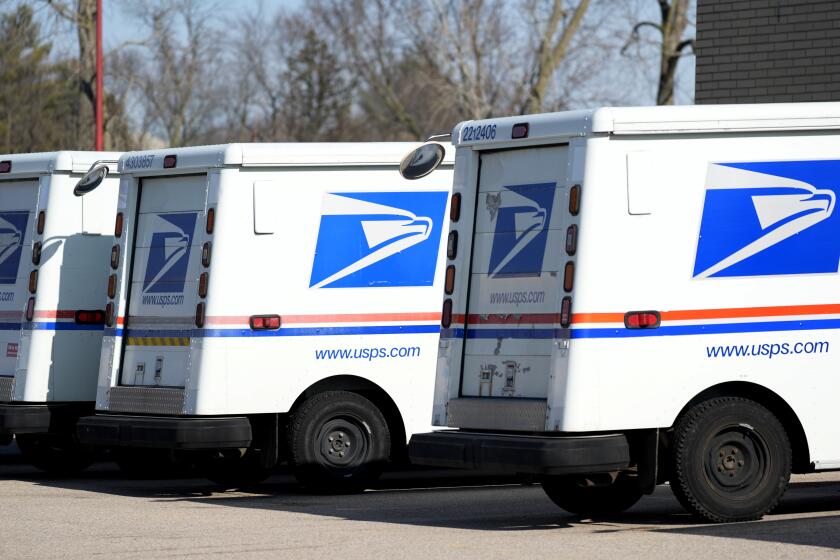Rockets? Meteors? UFOs? Here’s what really caused Tuesday morning’s sky show

Over the last few weeks, a number of celestial phenomena have confused and delighted Southern Californians.
Early Tuesday morning, night owls spotted streaks of light across the sky, with some assuming the event might be related to SpaceX’s Monday night satellite launch from Vandenberg Space Force Base. Another SpaceX launch a couple of weeks earlier had caused a stir with its eye-catching streak of light and contrail.
The true cause, however, was less obvious and originated farther away. It was Chinese space junk.
Though many assumed more mysterious sources — aliens, spy drones, unforeseen meteors — what onlookers saw at 1:40 a.m. was the expected “reentry of the Shenzhou 15 orbital module,” Smithsonian astronomer Jonathan McDowell wrote on X.
Satellite debris reentering the Earth’s atmosphere recently lighted up the sky across Northern California. Experts say the phenomenon is more common than many realize.
Indeed, the American Meteor Society reported 85 sightings of the reentry from Sacramento to San Diego, with most concentrated in the Los Angeles area.
On average, one piece of space junk falls into Earth’s atmosphere each day, according to the National Oceanic and Atmospheric Administration.
NOAA estimates that there are more than 170 million pieces of space debris flying around the Earth, posing potential hazards for active satellites and a small risk to humans on the ground too.
“While space debris is rarely a concern for humans on Earth, our satellites in the sky often have to avoid its dangerous path,” according to NOAA.
Usually, though, the debris causes nothing more than a dazzling visual display.
Last March, Californians were treated to a light show as a piece of debris from the International Space Station burned up in our atmosphere.
A small satellite is speeding to its demise in a test that could help clean up space.
In November 2022, three astronauts rode the Shenzhou 15 spacecraft to Tiangong space station, discarding the orbital module that would eventually careen back toward Earth on Tuesday, according to Space.com.
After a six-month stay, the crew landed safely in the Gobi Desert in June. The orbital module that carried them to space continued to orbit Earth, moving closer and closer to its destruction.
More to Read
Start your day right
Sign up for Essential California for news, features and recommendations from the L.A. Times and beyond in your inbox six days a week.
You may occasionally receive promotional content from the Los Angeles Times.









